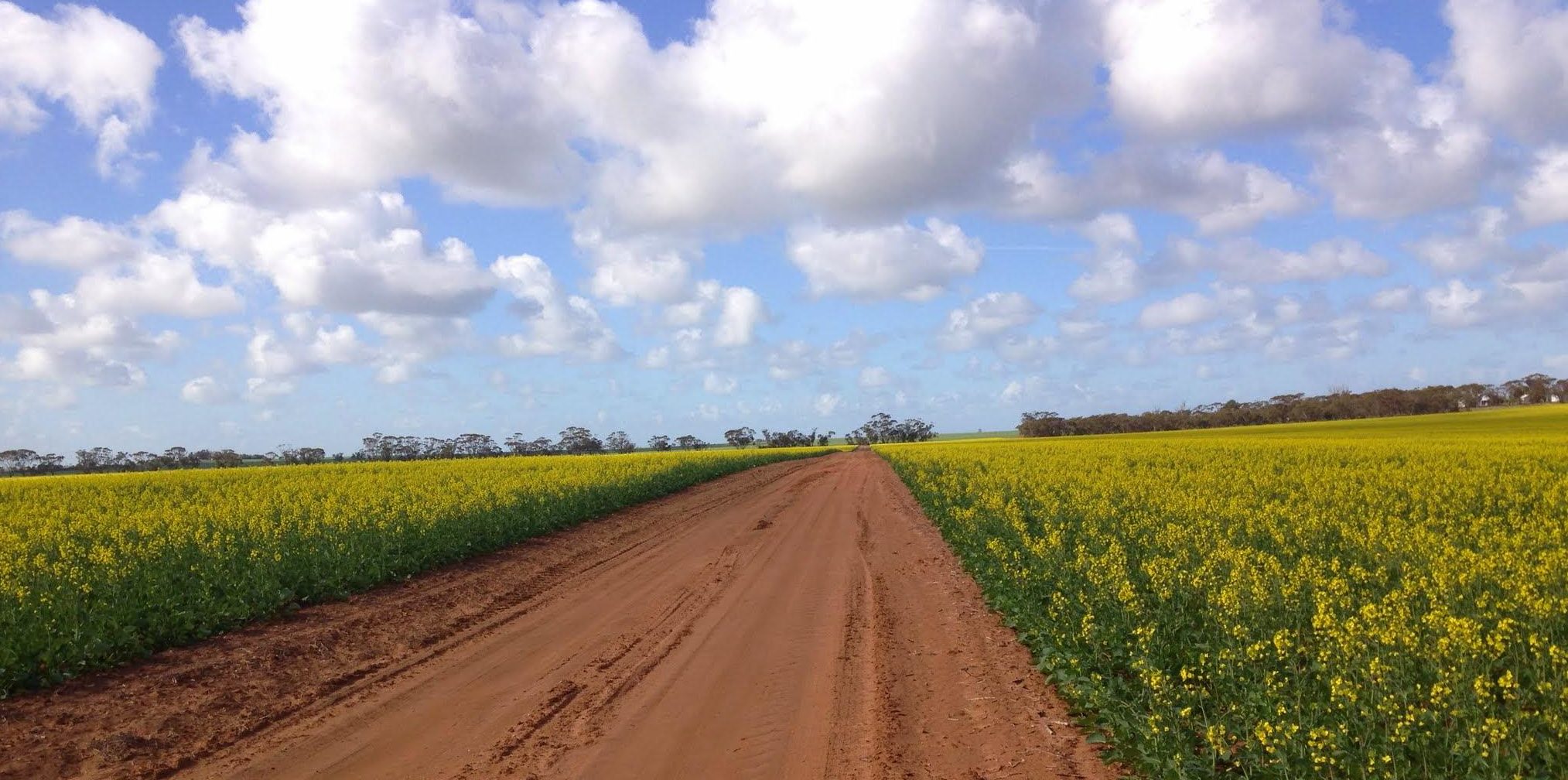For anyone considering an investment in agriculture, there are some critical considerations to be taken into account. Based on over 15 years of management experience and building a portfolio of over $400 million invested in Australian agriculture, Growth Farms Australia has put together what we believe are the ten key rules that investors need to focus on for success.
Rule 1. Only invest in countries that have strong rule of law. Most agricultural investments require a long-term view and there are plenty of risks around what might happen over a ten or twenty year period. A typical investment in mainstream agriculture will require 70-80% of your investment to go into land. There is no need to add to these risks by going into countries where you put your capital at risk. Generally, the higher yields that come with investing in countries where the rule of law is substandard are not high enough to justify the risks
Rule 2. Countries with low, preferably nil, subsidies to the agricultural sector are preferred. Subsidies can be alluring because they can be seen as underwriting performance but they have serious long-term impacts. These include a loss of focus on remaining globally competitive because the imperative to do so is either removed or reduced by the subsidies. Secondly, there is substantial medium to long-term risk that the nature and quantity of the subsidy will change over time. The likelihood of this increases as government budgets come under increasing pressure. If the sector does not have any subsidies they cannot be removed.
Rule 3. Invest in countries with low land cost per unit of production. As an example, in many of the EU countries (including the UK), land for wheat production costs in excess of US$2,500/ton of yield. In some in Eastern European countries and Australia the land cost is around half per ton of wheat produced compared to the EU.
Rule 4. The production system must be low cost per unit. The majority of agricultural products can still be considered commodities – it is difficult to differentiate to receive a premium and then to maintain the advantage that this may offer. For all commodity producers, the key to being profitable over the long term is to invest in countries that have sustainable low cost of production per unit. It is important that the land is cheap per unit (Rule 3) but also the system of production used on the land is efficient so production cost per unit is low.
Rule 5. Invest in countries that have exportable surpluses. This means they produce at a competitive price and/or at high quality. Both are essential to underpin demand over the long-term.
Rule 6. Favour sectors that have a diversity of markets. This reduces market risk compared to sectors that have one dominant purchaser, be they domestic or international.
Rule 7. Understand volatility and how it can be managed. Greater volatility will usually mean greater risk. Some countries tend to more volatile agricultural sectors than others, either because of production volatility or price volatility. If there is substantial volatility, are there means available to manage it? Examples might include diversity of regions or commodities to reduce portfolio volatility.
Rule 8. Land use flexibility is good. Agriculture is a sector that favors longer term investments. This brings uncertainty around production systems and around demand. Investing in land which has scope for a number of different land uses helps reduce this risk over the long term.
Rule 9. Look for sectors that can deliver productivity gains. Without productivity gains it becomes hard to remain competitive against other sectors. Productivity improvements are critical to help drive land appreciation.
Rule 10. Consider all the risks. These may relate to climate change or ESG issues, or some other factor. While risks are not easy to predict, they need to be considered and put into perspective given all the other attributes of the investment. Some risks are such that it may prevent an investment, others may well be quite manageable.
—
By David Sackett, Managing Director, Growth Farms Australia
David Sacket is a member of the speaking faculty at Global AgInvesting Asia in Tokyo, September 13-15, 2016
The opinions expressed in this editorial are the authors’ own and do not reflect the views of GAI News.

